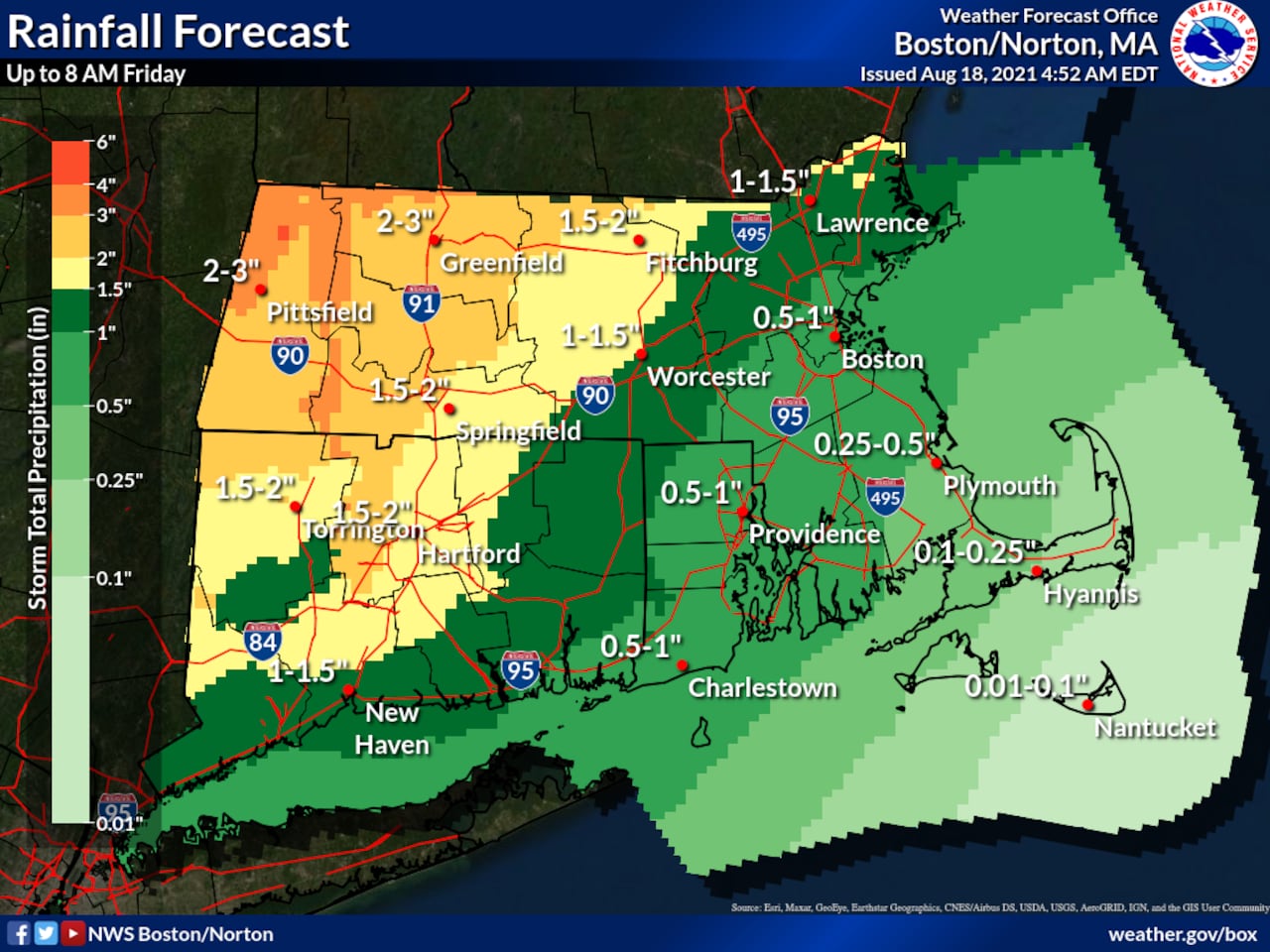Understanding Dangerous Climate Whiplash And Its Effects On Cities

Table of Contents
Defining Climate Whiplash: Understanding the Phenomenon
Climate whiplash refers to the rapid and unpredictable transitions between contrasting extreme weather events. Instead of a gradual change, we see sudden shifts, for example, from intense drought to devastating floods, or from scorching heatwaves to severe cold snaps. This unpredictability makes it exceptionally challenging to prepare and respond effectively.
The scientific basis of climate whiplash is rooted in climate change and its amplification of existing weather patterns. The warming planet disrupts established atmospheric circulation, leading to instability in jet streams and amplified feedback loops. These disruptions manifest as more erratic and extreme weather events, creating the chaotic swings characteristic of climate whiplash.
Examples of climate whiplash are emerging globally. California, for instance, has experienced devastating wildfires followed by torrential rains and flooding. Similarly, parts of Australia have seen rapid shifts from prolonged drought to intense cyclones. These examples illustrate the widespread nature of this phenomenon and its devastating impacts, regardless of geographic location.
- Definition: Rapid shifts between extreme weather conditions, such as drought to flood, heatwave to cold snap.
- Causes: Climate change, jet stream instability, amplified weather patterns, atmospheric feedback loops.
- Examples: Sudden shifts from heatwaves to heavy rainfall; rapid transitions from drought to flooding; intense wildfires followed by severe storms.
Impacts of Climate Whiplash on Urban Infrastructure
Urban infrastructure is highly vulnerable to the rapid and unpredictable shifts in weather conditions associated with climate whiplash. The sudden onset of extreme weather events can overwhelm existing systems, leading to widespread damage and disruption.
Roads and bridges are particularly susceptible to damage from flash flooding and intense rainfall. Power grids, often already stressed by increased energy demands, can be overloaded and damaged during extreme heatwaves or severe storms, leading to widespread power outages. Water systems face a double whammy: prolonged droughts can lead to water shortages, followed by sudden flooding that contaminates water supplies. Furthermore, the cumulative effects of extreme weather can weaken building foundations, increasing the risk of collapses.
The economic costs associated with climate whiplash are substantial. Repairing damaged infrastructure, providing emergency services, and compensating for economic losses can place a massive strain on city budgets. For example, the costs associated with repairing infrastructure after Hurricane Katrina are still being felt today.
- Damage to roads and bridges: Flash floods, landslides, and extreme temperatures.
- Power outages: Extreme winds, ice storms, heatwave-related overloads.
- Water shortages and contamination: Prolonged droughts followed by sudden flooding.
- Increased risk of building collapses: Foundation damage from repeated extreme weather events.
The Human Cost: Social and Health Impacts of Climate Whiplash
Beyond the physical damage to infrastructure, climate whiplash has profound social and health consequences. Frequent extreme weather events lead to displacement, economic hardship, and significant mental health challenges.
The health impacts can be severe. Heatwaves increase the risk of heatstroke and other heat-related illnesses, particularly among vulnerable populations. Flooding can lead to outbreaks of waterborne diseases. Furthermore, the trauma and stress associated with repeated extreme weather events can contribute to anxiety, depression, and post-traumatic stress disorder (PTSD).
The social consequences are equally significant. Displacement due to flooding or wildfires leads to homelessness and the disruption of social networks. Economic hardship, due to job losses and property damage, can exacerbate existing inequalities. Vulnerable populations, including low-income communities, the elderly, and people with disabilities, are disproportionately affected by the impacts of climate whiplash.
- Increased risk of heatstroke and other heat-related illnesses.
- Waterborne disease outbreaks following flooding.
- Mental health issues resulting from trauma and displacement (PTSD, anxiety, depression).
- Economic hardship due to job losses and property damage.
Building Climate-Resilient Cities: Mitigation and Adaptation Strategies
Building climate-resilient cities requires a multi-faceted approach that integrates mitigation and adaptation strategies. This includes investing in resilient infrastructure, implementing early warning systems, and promoting sustainable urban planning.
Resilient infrastructure involves designing and constructing buildings, roads, and other structures that can withstand the impacts of extreme weather events. This includes flood defenses, drought-resistant landscaping, and the use of climate-resistant building materials. Investing in early warning systems is crucial for giving communities sufficient time to prepare for and respond to extreme weather events.
Robust emergency response plans, including evacuation strategies and community support networks, are also essential. Sustainable urban planning practices, such as green infrastructure and urban forestry, can help to mitigate the effects of climate change and enhance the resilience of cities.
- Investing in resilient infrastructure: Flood defenses, drought-resistant landscaping, climate-resistant building materials.
- Implementing early warning systems for extreme weather.
- Developing robust emergency response plans.
- Promoting green infrastructure and sustainable urban planning.
Conclusion
Climate whiplash presents a significant and growing threat to our cities, impacting infrastructure, public health, and the economy. The unpredictable nature of this phenomenon demands urgent action. Understanding climate whiplash is crucial for building resilient cities. By investing in resilient infrastructure, implementing early warning systems, and adopting sustainable urban planning practices, we can mitigate the impacts of climate whiplash and create a more sustainable urban future. Learn more about the impacts of climate whiplash and how you can contribute to creating more resilient and sustainable urban environments by exploring resources from organizations like [link to relevant resource 1] and [link to relevant resource 2]. Let's work together to build a future where our cities can withstand the challenges posed by climate whiplash.

Featured Posts
-
 Gaza Ceasefire Us Envoy Proposes Deal Presses Hamas For Acceptance
May 28, 2025
Gaza Ceasefire Us Envoy Proposes Deal Presses Hamas For Acceptance
May 28, 2025 -
 Analyzing Nintendos Strategy A Focus On Proven Success
May 28, 2025
Analyzing Nintendos Strategy A Focus On Proven Success
May 28, 2025 -
 Lowest Personal Loan Interest Rates Available Today
May 28, 2025
Lowest Personal Loan Interest Rates Available Today
May 28, 2025 -
 Roof Collapse In Tucson Firefighters Avoid Major Disaster
May 28, 2025
Roof Collapse In Tucson Firefighters Avoid Major Disaster
May 28, 2025 -
 Recensie Bert Natters Concentratiekamproman Groots En Dodelijk Vermoeiend
May 28, 2025
Recensie Bert Natters Concentratiekamproman Groots En Dodelijk Vermoeiend
May 28, 2025
Latest Posts
-
 Understanding The Rise In Rainfall Climate Change In Western Massachusetts
May 31, 2025
Understanding The Rise In Rainfall Climate Change In Western Massachusetts
May 31, 2025 -
 Netflixs You A Look At The Final Season
May 31, 2025
Netflixs You A Look At The Final Season
May 31, 2025 -
 Black Mirror On Netflix 5 Dystopian Visions That Became Reality
May 31, 2025
Black Mirror On Netflix 5 Dystopian Visions That Became Reality
May 31, 2025 -
 You Netflix Was The Final Season Worth The Wait
May 31, 2025
You Netflix Was The Final Season Worth The Wait
May 31, 2025 -
 Five Chillingly Accurate Predictions From Black Mirror On Netflix
May 31, 2025
Five Chillingly Accurate Predictions From Black Mirror On Netflix
May 31, 2025
